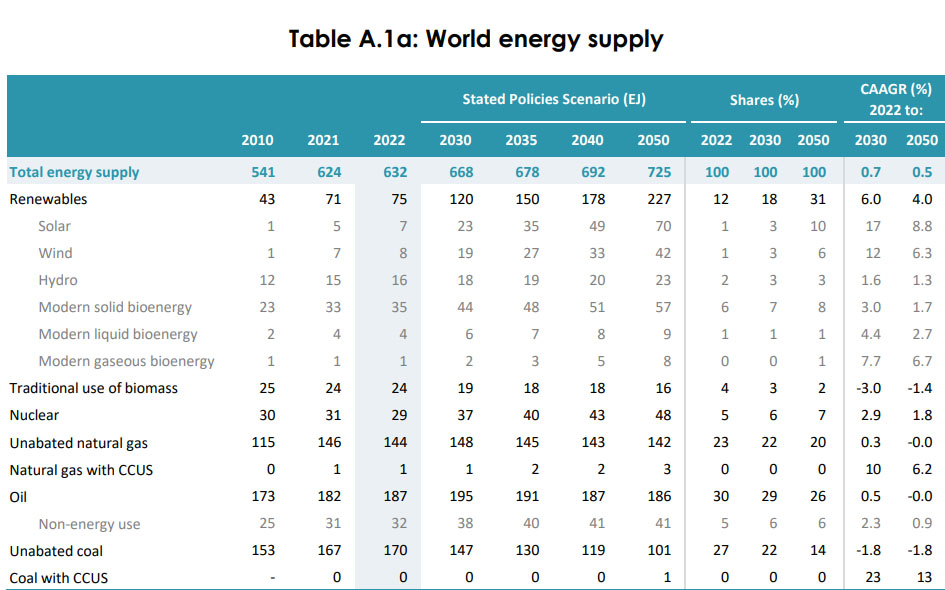Science
Related: About this forumMine Tailing Technology: How future generations can pick through our garbage to survive.
I won't have time to discuss the following paper in any detail: Solvent Extraction Process for Refining Cobalt and Nickel from a “Bulk Hydroxide Precipitate” Obtained by Bioleaching of Sulfidic Mine Tailings Thomas Abo Atia, Clio Deferm, Lieven Machiels, Mohammad Khoshkhoo, Sofia Riaño, and Koen Binnemans Industrial & Engineering Chemistry Research 2023 62 (43), 17947-17958.
I merely wish to note a problem that is increasingly at the forefront of the question of whether so called "renewable energy" is actually really "renewable" or, for that matter, "green," owing to its mass intensity.
From the introduction of the paper:
The current mining and refining activities are not able to cope with the huge demand for metals for the energy transition. (2,3) Although metal recycling rates might improve in the coming years, in the case of fast-growing markets, e.g., Li-ion battery metals, not even 100% of metal recycling might be a timely solution for these high-risk supply materials (e.g., cobalt, nickel, etc.). (4)
Therefore, underexploited resources such as sulfidic tailings might be a valuable, responsible source of energy-transition metals. (5) Sulfidic tailings may cause environmental issues such as acid mine drainage. (6,7) Yet, they may contain exploitable concentrations of valuable metals. (8,9) However, economically feasible and sustainable processes must be developed for metal extraction from these resources. Low-intensity leaching approaches are gaining the mining industry’s attention for recovering metals from low-grade ores and tailings, (10,11) such as bioleaching, a promising technology to leach metals from sulfidic tailings. (9,12)
Because of the low concentrations of metals in the bioleaching stage, downstream processing might include a precipitation step to concentrate the leached metals in solid intermediates, often in the form of a mixed hydroxide precipitate MHP or a mixed sulfide precipitate MSP. (13) These intermediates are further processed to recover valuable metals. (14,15) Distinct downstream purification may be applied, including selective oxidation and precipitation, which may be combined with solvent extraction (SX). (13,16?23) The more practical solutions adopted by the mining industry might rely on chemical precipitations, e.g., sulfide precipitations, achieving metal sulfides and mixed metal sulfide (e.g., Ni/CoS) products. (24) However, SX-based flowsheets provide the advantage of selectively separating metals from complex aqueous solutions, achieving a high degree of separation, which may reflect in high-purity products, craved by the modern industry, e.g., battery materials. (25,26)
I added the bold.
It is increasingly coming to the world's attention that the mass intensity of so called "renewable energy" is not sustainable, that dependence on metals in relatively limited supply makes the term "renewable energy" an oxymoron.
Of course, like much of the oblivious discourse that flies around the world these days, there is reference to the chimeric unicorn of our imagination, the so called "energy transition."
There is no "energy transition."
Table A.1a on Page 264 of the 2023 World Energy Outlook published by the International Energy Agency (IEA).

We are using more fossil fuels than ever before; the atmosphere is degrading faster than ever before; we have no realistic plan for doing away with fossil fuels, and all the discussion of the reality of unicorns will not change these facts.
Facts matter.
So what is this paper about? It's about how we expect future generations to pick through our garbage, in this case mine tailings, to do what we have not done ourselves, eliminate fossil fuels.
Instead of doing what we blithely expect those robbed generations to do, we lie to each others and worse, ourselves.
We are doing nothing to address the destruction of the atmosphere.
Somehow we'd rather argue about who is justified in killing other people.
If I sound angry, it's because I am.
By the way I have huge respect for one of the authors of this paper Koen Binnemanns, the author of this paper some 17 years ago to which I still refer from time to time: Lanthanides and Actinides in Ionic Liquids Koen Binnemans Chemical Reviews 2007 107 (6), 2592-2614. The actinides in particular have the highest energy to mass ratio of any infinitely expandable clean climate free technology, and Binnemanns, an expert in metallurgical chemistry has written beautifully on the subject of their chemistry.
Be that as it may: History will not forgive us, nor should it.
2naSalit
(92,695 posts)Doesn't deserve to survive what we have set into motion. The sad part is the countless species we destroy on our way out.
EYESORE 9001
(27,517 posts)This could get me excited enough to forego retirement. Again.